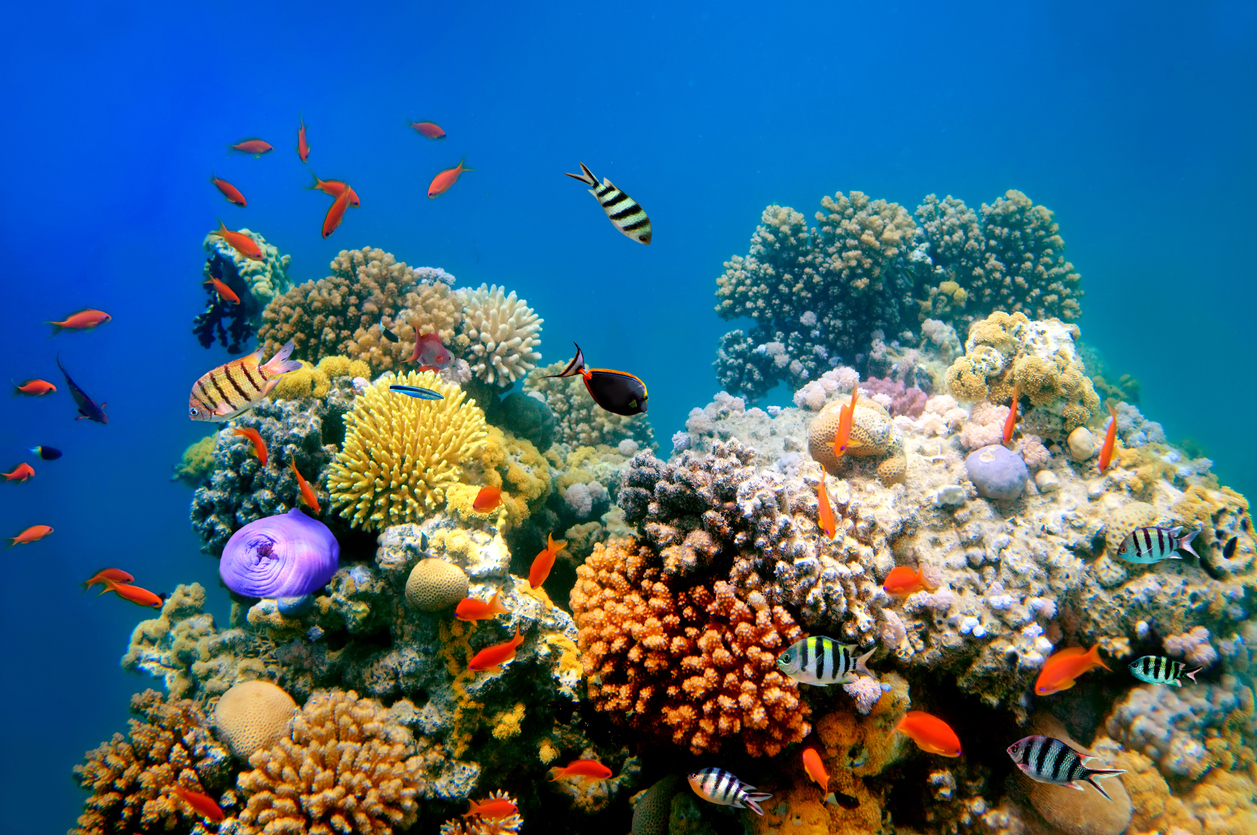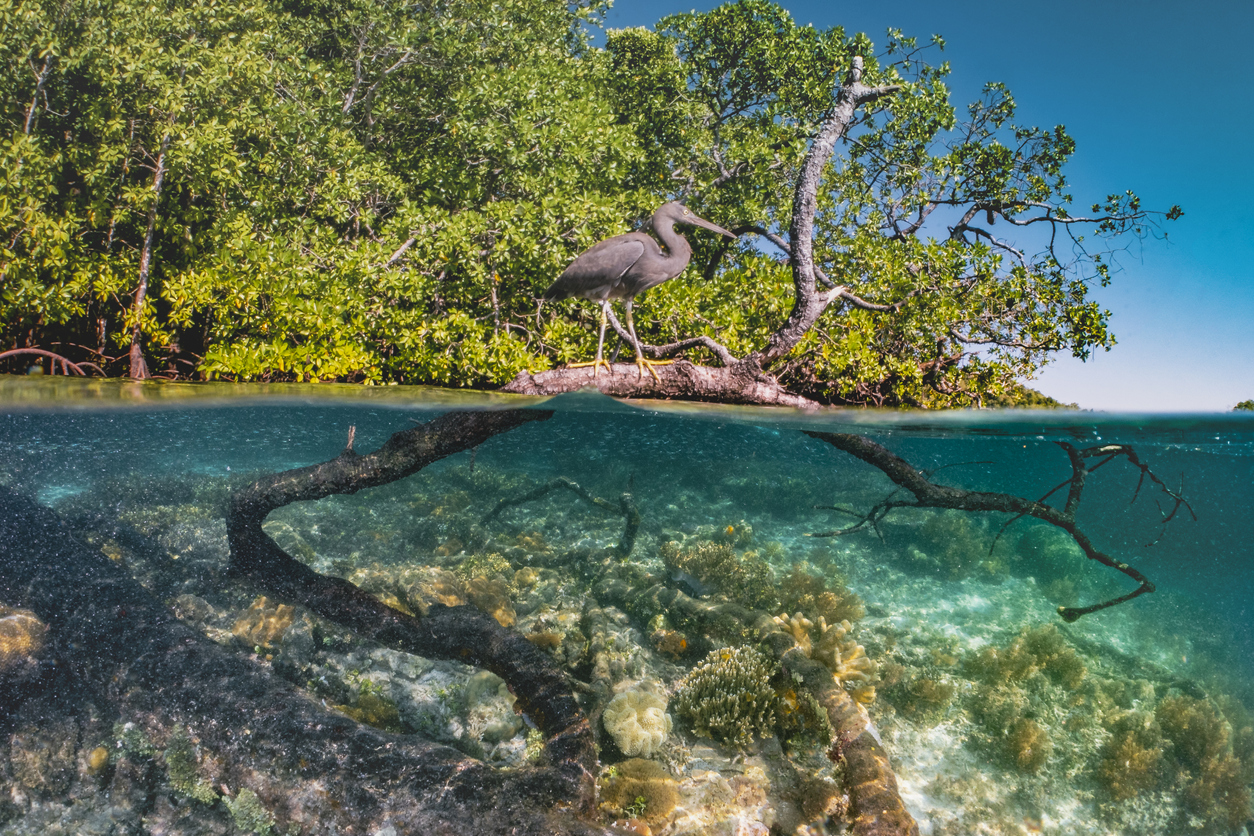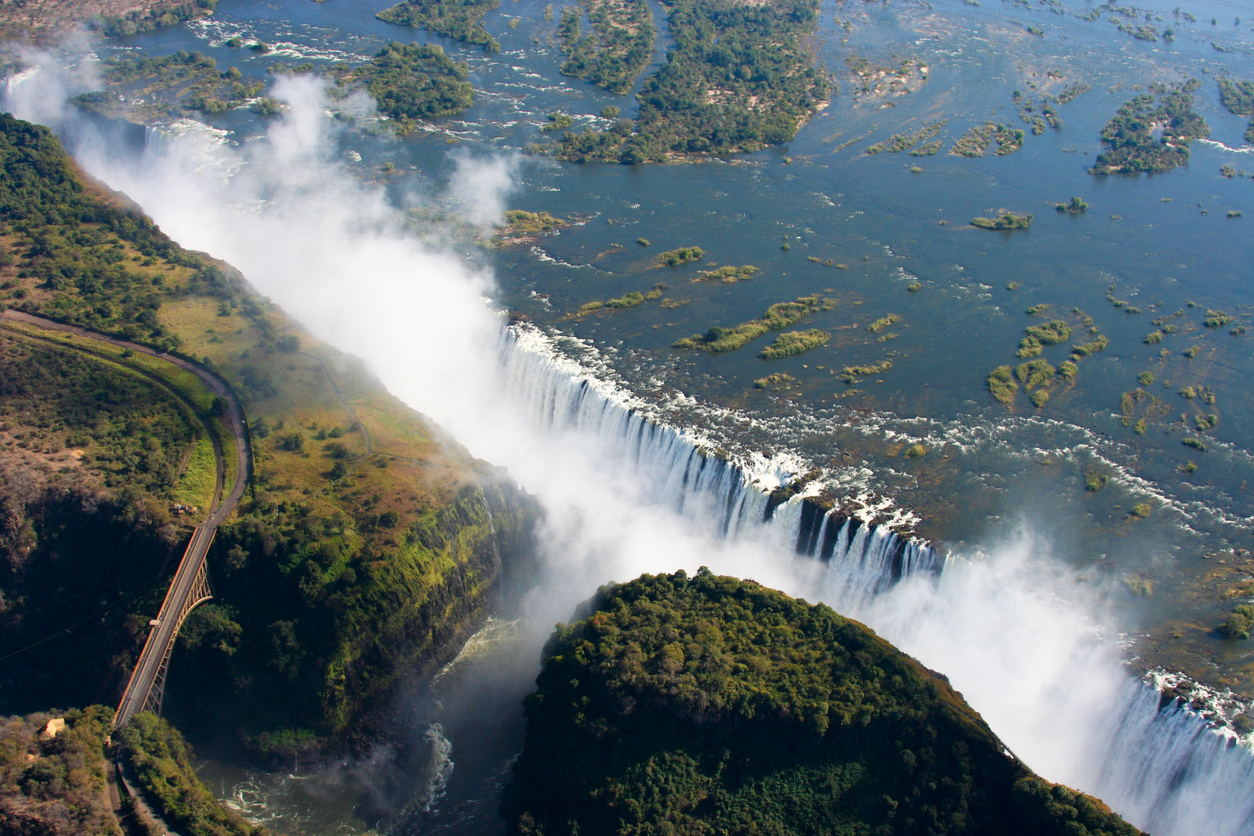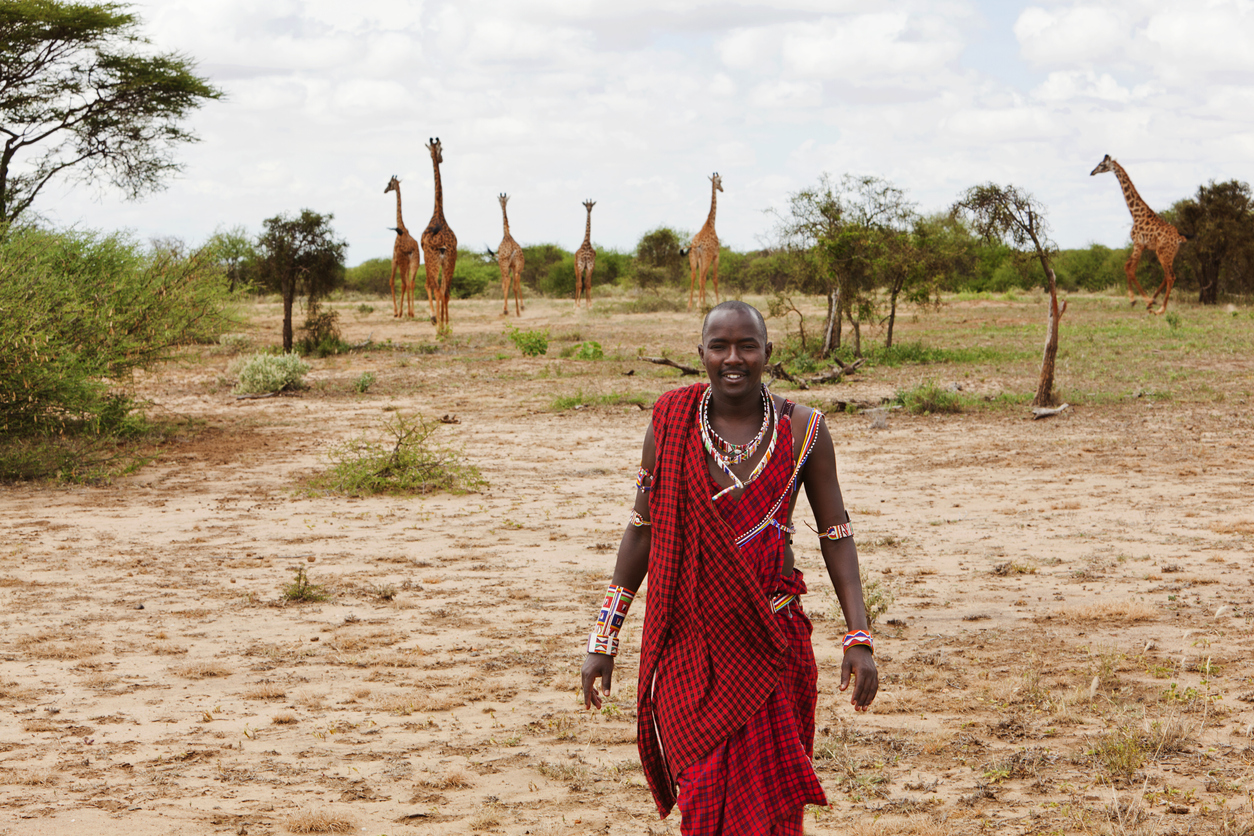Protecting Wildlife in a Changing Climate: Four Powerful Adaptation Strategies
Wildlife conservation and climate action can no longer be treated as isolated efforts, they are two sides of the same coin. Preserving wildlife is crucial to meeting the Paris Agreement goals. On World Wildlife Day, we are showcasing four climate adaptation strategies to help protect nature in our warming world.
H
umans are not the only ones threatened by the impacts of climate change. The global climate emergency has significant implications for wildlife and their habitats. The natural world is facing unprecedented changes, including the collapse of fragile ecosystems and mass extinction events, as rising temperatures and other climate impacts disrupt the delicate balance of the planet’s ecosystems.
In the last 50 years, the world’s mammal, fish, bird, reptile, and amphibian populations have declined by almost 70 percent. This is catastrophic news for tackling climate change, since the health and wellbeing of the planet depends on an abundant variety of wildlife that play a crucial role in regulating the climate.
Thankfully, climate adaptation is a powerful ally in the race to protect and support wildlife against climate change. The following four adaptation actions could help save threatened species and ecosystems around the world:
1. Prioritizing the creation and effective management of protected areas, particularly marine protected areas

Protected ecosystems are valuable tools for climate adaptation that can help address the twin crises of climate change and biodiversity loss. Adequately managed protected areas and Marine Protected Areas (MPAs) can provide long-term protection for ecologically significant areas. In turn, these ecosystems, when healthy, help build resilience to climate change and boost the economy through activities such as tourism.
On land, protected areas provide a thermal buffer against global warming, providing cooler temperatures and refuge for species threatened by climate change. At sea, the climate crisis is having significant impacts on marine biodiversity, where populations of marine species are dwindling at twice the rate as those on land.
The 2022 State and Trends in Adaptation Report (STA22), the flagship report of the Global Center on Adaptation (GCA), highlights that marine heatwaves are expected to continue to increase in frequency and intensity, especially around the Horn of Africa. Also, increased water acidification due to climate change will lead to coral reef bleaching, destroying the habitat of fish and other marine life.
Most African coastal countries’ Nationally Determined Contributions and Blue Economy strategies currently do not prioritize the protection of marine and coastal habitats to the same degree as protected areas on land.
Also, the ability of an MPA to provide effective protection and climate change resilience largely depends on how well it is managed. Many MPAs lack resources and institutional commitment. For this reason, governments need to establish laws, promote awareness of the restrictions, and ensure they have the necessary personnel and resources to enforce them.
2. Helping nature help itself through Nature-based Solutions

Nature-based Solutions (NbS) harness the power of nature to address challenges such as climate change, food and water security, and disaster risk reduction, which affect all living beings. As listed in the 2021 State and Trends in Adaptation Report (STA21), Nature-based Solutions do not just support biodiversity and environmental conservation, they also boost agricultural productivity, create jobs and protect livelihoods.
Some NbS listed in STA21 that support wildlife conservation include:
- agroforestry and habitat restoration – the trees in agroforestry systems provide habitats and food resources for wildlife, improve shading and reduce the severity of drought
- wetland and mangrove restoration – wetlands and mangroves provide shelter, breeding and nesting grounds for many marine and bird species, protect coral reefs, and act as nurseries for the world’s seafood supply
- reforestation to enhance wildlife habitats and support biodiversity
Protected Areas are also Nature-based Solutions.
GCA supports the integration of adaptation and innovative NbS solutions into infrastructure projects in one of the world’s most climate vulnerable regions, the African continent, as part of its Africa Adaptation Acceleration Program (AAAP). The AAAP is a joint program of the African Development Bank and GCA that aims to mobilize US$ 25 billion by 2025 for climate adaptation investments in Africa.
Through its NbS Investment Innovation Program, GCA helps implement NbS at scale. For example, GCA works with the University of Oxford to develop global NbS investment tools and with the World Wildlife Fund on programs in Kenya, Rwanda, and Zambia.
3. Water Management

Water is an indispensable resource for all forms of life and climate change is reducing water availability and quality. Effective water management is an indispensable adaptation tool, and why GCA’s work on water for urban growth and resilience is crucial to accelerating adaptation worldwide.
Through the AAAP, GCA’s Water and Urban program is leading the way towards a water resilient future in Africa and around the world.
This includes the Water Adaptation Community, which aims to connect all those who work on water issues and NbS to share experience and knowledge through its web platform, where members of different water-related Communities of Practice share articles and case studies, and access webinars and monthly learning meetings.
4. Community Engagement and Locally Led Adaptation

Engaging local communities in climate adaptation action is crucial to protect and support wildlife conservation, particularly when it comes to tackling wildlife crime such as poaching and illegal trade.
While community-based conservation can be challenging and slow-moving, it’s empowering to communities and sustainable in the long term, since it places their needs and values on equal footing with the needs and aims of wildlife conservation.
Locally Led Adaptation (LLA) can unlock and support the enormous potential and creativity of these groups, and help them achieve their goals.
GCA recently launched the Global Hub on Locally Led Adaptation, a platform to empower local communities and LLA practitioners around the world with the latest knowledge and resources.

Gabriela Díaz Musmanni is GCA’s Communications Officer. She is a writer and an environment and human rights advocate from Costa Rica. Gabriela has worked in communications for the International Union for Conservation of Nature and the United Nations Development Programme. She has been a content editor at ReliefWeb, a humanitarian information service of the United Nations Office for Coordination of Humanitarian Affairs, and was a translator and editor for the Bangkok-based ECPAT International, a global network of organizations working to stop child sexual exploitation. Gabriela launched her career as the Environment and Human Rights reporter for an English newspaper in Costa Rica.